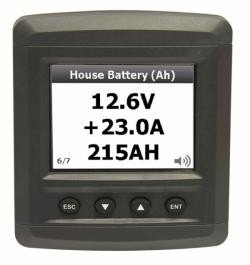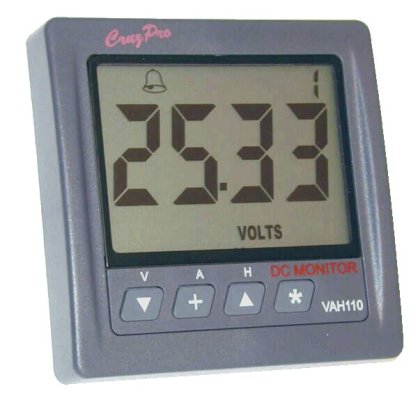hogrider46
Member
- Joined
- Jun 15, 2011
- Messages
- 22
- Location
- United States of America
- Vessel Name
- Sabi
- Vessel Make
- 1974 Grand Banks 32' Classic
What are the thoughts on having only volt meter or having amp guage.* I have only volt meters and although I cant tell how much amperage my autonator is putting out I can tell that it is working properly.


